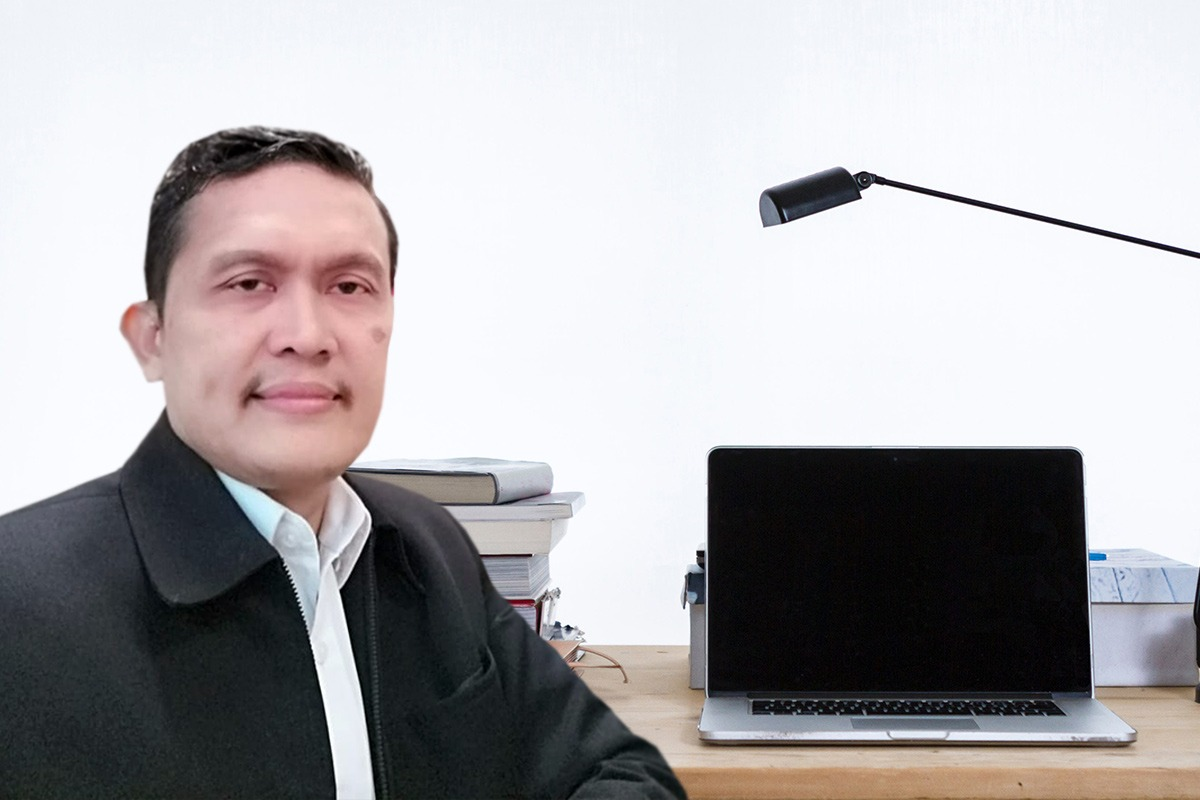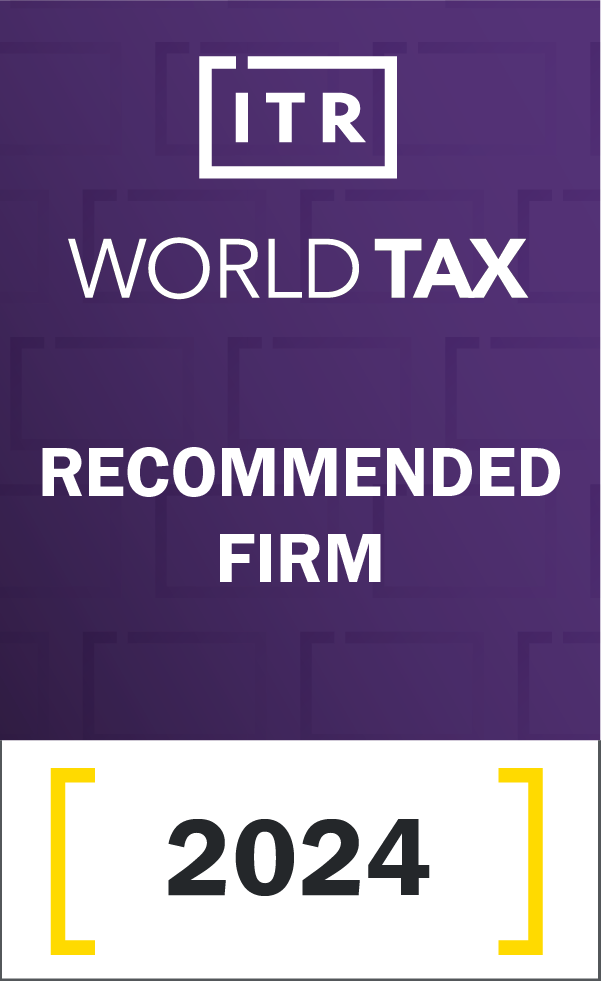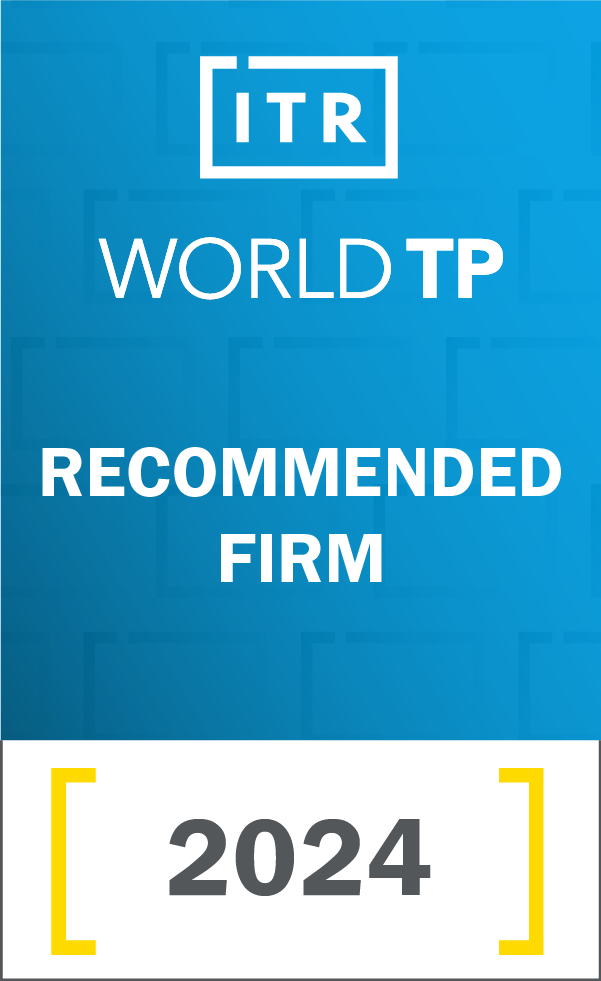Not to Be Left Behind, Tax Authorities Develop Artificial Intelligence
Wednesday, 17 February 2021

The Covid-19 pandemic has prodded the Directorate General of Taxes (DGT) to accelerate the digitization of the tax information technology system. Several breakthroughs have been made by the tax authorities, ranging from automating some tax services to using Artificial Intelligence (AI) technology to harmonize tax regulations, even for the future minimum DGT's defeat in court.
To find out more about the policy direction and strategic plan for the development of Indonesia's tax technology system, MUC TaxGuide recently had an online discussion with the Head of Sub-Directorate of Tax Support System Development of the DGT Agus Sudiasmoro. Here's a snippet of our discussion.
How does the DGT deal with today's digital trends, especially with the Covid-19 pandemic that demands electronic-based service systems??
Before the pandemic, we had created a roadmap of electronic-based services, especially related to the 3C program: Click, Call, Counter. The main priority is directing taxpayers to ‘Click’ on the DGT online application. If through the application they still find new obstacles, taxpayers are directed to ‘Call’, or contact the DGT call center. If obstacles remain and a face-to-face meeting is required, for example, related to audit or supervision, taxpayers can come to the ‘Counter’, or in this case to the Tax Office (KPP).
Due to this pandemic, DGT's IT development has been accelerated even faster. Especially since the granting of tax incentives for taxpayers affected by Covid-19. We added several new applications to the 3C program to make it easier for taxpayers to apply for incentives through the DGT Online platform without having to come to the Tax Office.
In total, how many digitization services are there in the 3C program??
In 2020, there were several new services via the click feature. In the year 2021, several other services are coming. The total tax services that will be included in the 3C scheme are about 126 services. With this scheme, it is expected that the service and administration processes in the Tax Office will be reduced so that the close contact between tax authorities and taxpayers may be less frequent, except for cases requiring escalation.
How is the development of online tax applications that are currently available on the DGT website, such as e-faktur, efiling, and e-bupot?
DGT's IT development is a never-ending story; it will always follow business and economic developments. This means that it will continue to grow in accordance with taxpayers’ (user) experience.
Related to the current development of online tax applications, the DGT introduces the concept of Natural Digital Tax System or tax just happened, which is a tax system that can organize tax administration seamlessly and is integrated with taxpayers' daily economic activities.
There are three strategies for making this thing happens. First, Migrated to Digital Ecosystem, namely a transformation from manual to automation and digital ecosystems.
The second, Establish Integrated and Interactive System, which is a collaboration with anyone to create an integrated system that makes things easier for taxpayers.
The collaboration of the system includes optimizing the role of Application Service Provider (PJAP) as service providers to taxpayers and also the integration of State-Owned Enterprises (SOEs) and Government Agencies, Institutions, Associations, and other Parties (ILAP) data.
The third, Establish Digital Auto-regulated System, in which taxpayers will experience all services fully automatic. For example, in the future, the tax return submission can be easier because only a few should be filled in, while the rest is (using the) prepopulated (data).
In fact, submitting a tax return may no longer be required because, with the economic activity integrated and captured into the DGT system, the tax return is automatically reported. An example of this is e-faktur. To report the VAT Return, taxpayers just need to approve and press the button because all transaction data are already in the DGT system.
As for the internal DGT, what breakthroughs have been made in the field of IT?
DGT's IT system development has two main streams. First, the internal system, that we build through the Core Tax System or Core Tax Administration System (PSIAP), and existing systems such as the Directorate General of Tax Information System (SIDJP); Personnel, Financial, and Asset Information Management System (SIKKA); and applications for supervision--Approweb. So, all these internal applications will be synergized or put together through a platform called DJP Connect. Now, these applications are still fragmented. The plan is that this year, we will integrate it so that when DGT employees log in, they can just select the application.?
Secondly, the IT system provided for taxpayers through the DGT online that has been using single sign-on. This means that, with their Tax ID Number (NPWP) and password, taxpayers can access all services related to RCPR: Register, Calculate, Pay, Report.
Will all taxpayers’ interactions with tax authorities be done electronically, including audit or supervision?
That's correct. The DGT hopes that all supervision, starting from registering, reporting, paying, going into supervision by the Account Representative (AR), moving up to the audit level, and up again to law enforcement and collection--all these will be integrated into a series of business processes in the DGT. And, all that is systematic and connected to the system accessed by taxpayers. We also now have an audit desktop for tax auditors in performing audit activities.
Will there be a support system to minimize DGT's losses in court?
Definitely. This is also part of DGT's future application development plan and has been included in DGT's strategic plan. We are developing a knowledge management system related to tax disputes and regulatory harmonization. By using AI technology, we will collect all the cases that have occurred, whether the one in which the DGT won or lost. This system will be a reference for tax officials, both auditors, and ARs, including for the needs of Judicial Review (PK).?
With this program, it is expected that when a new rule is created, the system will read the entire rule related to the phrase of the set provision. So, if a conflict arises, the old provision will be immediately revoked with the new one, resulting in legal certainty.
The development of this system will take approximately two years as the research will be very time-consuming. We are now getting ready on the infrastructure side, starting from the procurement of servers and software. From the business side, discussions are also underway in the objection and appeal section to collect cases that have occurred. It is a significant milestone for the DGT because it is the first time for us to have AI technology.
How is the integration of SOE tax data? Will it also target non-SOE business entities?
Indeed, we initially collaborated with SOEs, but the direction is not just data integration. Actually, the goal is collaborative compliance between taxpayers and the DGT. In the process, a discussion will initially be made regarding General Ledger (GL) Tax Mapping between the Tax Office and taxpayers. What are the taxpayers' economic transactions that are tax payable? Which matters are agreed upon as tax objects and which matters are not? If an agreement is made, taxpayers will voluntarily submit data related to their transactions. Therefore, from the start, the potential tax can be calculated. If there is no agreement, then that's fine.
Although there is no regulation yet, actually it has been practiced at the Large Tax Office (KPP LTO) and this significantly reduces the number of Tax Collection Letter (STP). It has been also discussed with the Tax Supervisory Committee, mainly about an increase in compliance and a reduction in taxpayers' cost of compliance.
So that is where the direction of integration with SOEs goes. But it does not rule out the possibility for non-SOEs as well. However, at the moment, we will still focus on SOEs because the discussion of GL Tax Mapping takes a long time and the ARS also needs debriefing. Therefore, when it comes to expansion to the private sector, careful thought is required. We don’t want it to be opened when the DGT is not ready yet.
To what extent is the readiness of DGT's IT system to optimize digital tax collection?
We have provided a kind of Trading Through Electronic System (PMSE) portal that can only be accessed by taxpayers who have been appointed to conduct the RCPR. In the case of an increase in the number of PMSE, we also provide the PJAP so as to speed up the process of service integration.?
In terms of infrastructure, we have also provided a new technology transfer that can adjust the load to the infrastructure capacity. In the future, DGT's IT system development will be more dynamic as needed.
Who is involved in the development of DGT's IT system and how is the funding??
There are three governance models for the development of DGT's IT systems. First, in-house or independent development using internal resources, for example, the DGT online. Second, hand over to a third party, e.g., Core Tax. Third, collaborative or joint development. For instance, we collaborate with PJAP in developing reporting. In terms of funding, in addition to using state budget funds, we also involve donors. Many donors are concerned with the development of taxation in Indonesia.
Talking about technology development, DGT is always associated with efforts to increase the tax coverage ratio and the issue of the limited number of employees. Can IT, which has been and is continuously developed, be able to answer Human Resource problems?
This is related to data, and not all economic transaction data can be captured by the system, no matter how sophisticated it is. For example, in some oil palm plantation centers, the transactions are still cash and carry. This means that additional human resources are still needed, particularly for direct supervision.
?


